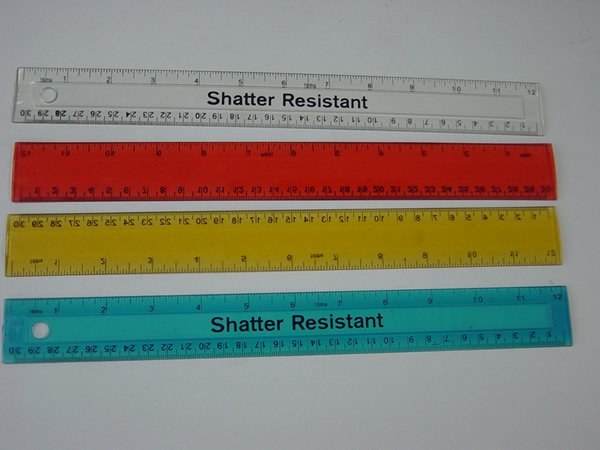jddh1 wrote:I hope that one day in my lifetime we can switch to metric in the States.
However, at the end of the day, if I want to build a fence around my house, I don't care what you use to measure distances and materials. As long as the end result is what I want, i'll be happy.
WhiteBlue wrote:Practically no craftsman in the metric world uses mm. Builders, gardeners, tailors, carpenters and the like use centimeters and meters. Paper based maps use kms and GPS systems use both kms and meters. Architects and real estate agents use square meters and for very big real estate square km. Millimeters are only used by engineers and precision crafts like watch makers. Physicists and micro engineering use micrometers and nanometers. The liter which is the prevalent volume unit is equal to one cubic decimeter and we use hectoliters for bigger fluid containers like barrels. Drinks are measured in milliliters which are equal to a cubic centimeter. Civil engineers calculate earth movements in cubic meters and logistic experts use the same unit for shipping purposes. The myth that any imperial measurement for length, area or volumetric measuring is superior cannot be verified. It is simply not true. The metric system serves all purposes in all walks of life much better and more efficient.
Pup wrote:WB's outlandish assertion was that mm weren't used except in specialized areas like watchmaking. That was a stupid comment, justly rebuked. And then he pulled photos from the weekend-warrior toolkit to prove his point, which just made it all just funny.
I don't understand how things always get distorted and why we need personal attacks (as bolded) to discuss such issues. Jddh1 brought up the issue that tape measures and and folding gages are still imperial in the US and that building materials for his fence are still sold in imperial dimensions.
I have added a round of observations how people tend to use adequately sized units for the job at hand. It is also undeniable that most households own a tape measure or folding ruler (in inches or cm) and that very few own a laser meter or a slide gage. Such expensive precision measuring tools would be in m or mm. The practice reflects my observation that in everyday use (not using CAD or engineering methods) the public tends to use inches and cm.
I actually wonder what tools mail customers in the UK use to check their items for mailing. Probably they use cm tape measures that have subdivisions in mm or Mom grabs the 30 cm plastic ruler that her kids use in school.

History of rulers:

A wooden carpenter's rule and other tools found on board the 16th century carrack Mary Rose.
Wikipedia wrote:Rulers made of Ivory were in use by the Indus Valley Civilization period prior to 1500 BC. Excavations at Lothal (2400 BC) have yielded one such ruler calibrated to about 1⁄16 in (1.6 mm). Ian Whitelaw holds that the Mohenjo-Daro ruler is divided into units corresponding to 1.32 in (33.5 mm) and these are marked out in decimal subdivisions with amazing accuracy, to within 0.005 in (0.13 mm). Ancient bricks found throughout the region have dimensions that correspond to these units.
Anton Ullrich invented the folding ruler in 1851.
Anton Ulrich's company




